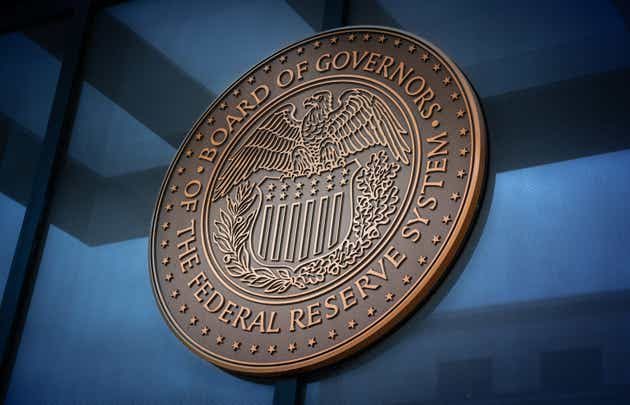On Wednesday, the Federal Reserve made a significant change in its monetary policy by starting a new cycle of easing. This shift was marked by a substantial 50-basis point rate cut, a decision nearly unanimously supported by committee members with an 11-1 vote. A narrow majority—10 out of 19 officials—expected the need for further cuts, projecting at least another half-point reduction in the upcoming meetings scheduled for November and December. The goal of this strategy is to achieve a “soft landing,” with a particular focus on stabilizing the labor market as inflation moves toward the target of 2%.

Commitment to Economic Strength
During a subsequent news conference, Fed Chair Jerome Powell emphasized the Federal Reserve’s commitment to sustaining the economy’s strength. “We are committed to maintaining our economy’s strength,” he asserted. Powell conveyed growing confidence in the Fed’s approach to adjusting policy measures in support of the labor market. He stressed the decision’s sound reasoning from both economic and risk management perspectives, indicating the Fed’s intent to stay proactive in policy adjustments.
Market Reactions and Projections
Before the announcement of the rate cut, market expectations were mixed, with many anticipating a more cautious stance from the central bank, as shown by the latest WSB poll. Initially, the S&P 500 approached record highs but ended the day with moderate gains. However, futures markets reacted positively overnight, pointing to a strong rally in the next trading session. This response reflected the market’s efforts to interpret the rate cut’s implications for the broader economy.
The Dot Plot and Economic Outlook
Further insight into future policy directions was provided by the Fed’s “dot plot,” part of the Summary of Economic Projections. It projected a Fed funds rate of 3.4% by the end of the next year, reduced from the current range of 4.75% to 5%, and lower than the 4.1% estimate from June. This adjustment highlights the Fed’s determination to avoid previous errors, especially the underestimation of inflation’s duration in 2021. Jerome Powell and his team are focused on preventing similar mistakes, emphasizing a more careful and informed approach to economic forecasting and policy-making.